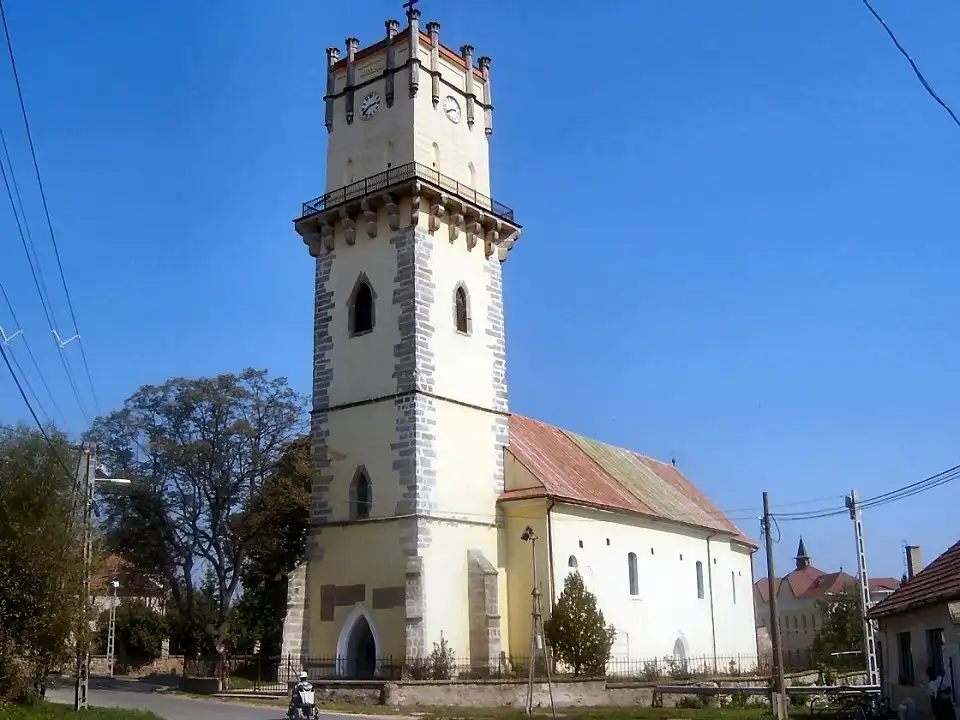Italians and others in the Medieval Hungarian Kingdom – Olaszliszka
Fact of the Hungarian figure „Minorities in Hungary”
Part of the „The emancipation of minorities” topic
Olaszliszka, a small village in Hungary, carries within its name a trace of the multicultural history of the medieval Hungarian Kingdom. The name „Olaszliszka” itself translates to „Italian Liszka,” hinting at the presence of Italian settlers in the region during the Middle Ages. This settlement is a testament to the diverse ethnic and cultural fabric that characterized Hungary during this period, where various ethnic groups, including Italians, Germans, and Slavs, contributed to the kingdom’s development.
The arrival of Italians in Hungary during the Middle Ages was part of a broader pattern of migration and settlement encouraged by the Hungarian kings. Italians were often invited to Hungary for their skills in trade, crafts, and agriculture. They were integral in the development of urban centers and contributed significantly to the cultural and economic life of the kingdom. Towns like Olaszliszka, where these settlers established themselves, became vibrant communities where different cultures and traditions coexisted and enriched each other.
The presence of Italians and other ethnic groups in Hungary during the medieval period reflected the kingdom’s openness to diverse influences, which played a crucial role in its prosperity. The Hungarian kings, recognizing the benefits of a multicultural society, granted privileges to these communities, allowing them to maintain their own customs, language, and legal systems. This policy of tolerance and inclusion was not only pragmatic but also helped to create a stable and prosperous society.
In a broader Central European context, the experiences of Italians in Hungary were mirrored by other minority groups in neighboring regions. For example, Germans were invited to settle in Transylvania, while Slovaks and Croats also found their place within the Hungarian Kingdom. These ethnic communities, much like the Italians in Olaszliszka, contributed to the cultural mosaic of Central Europe, helping to shape the region’s history and identity.





